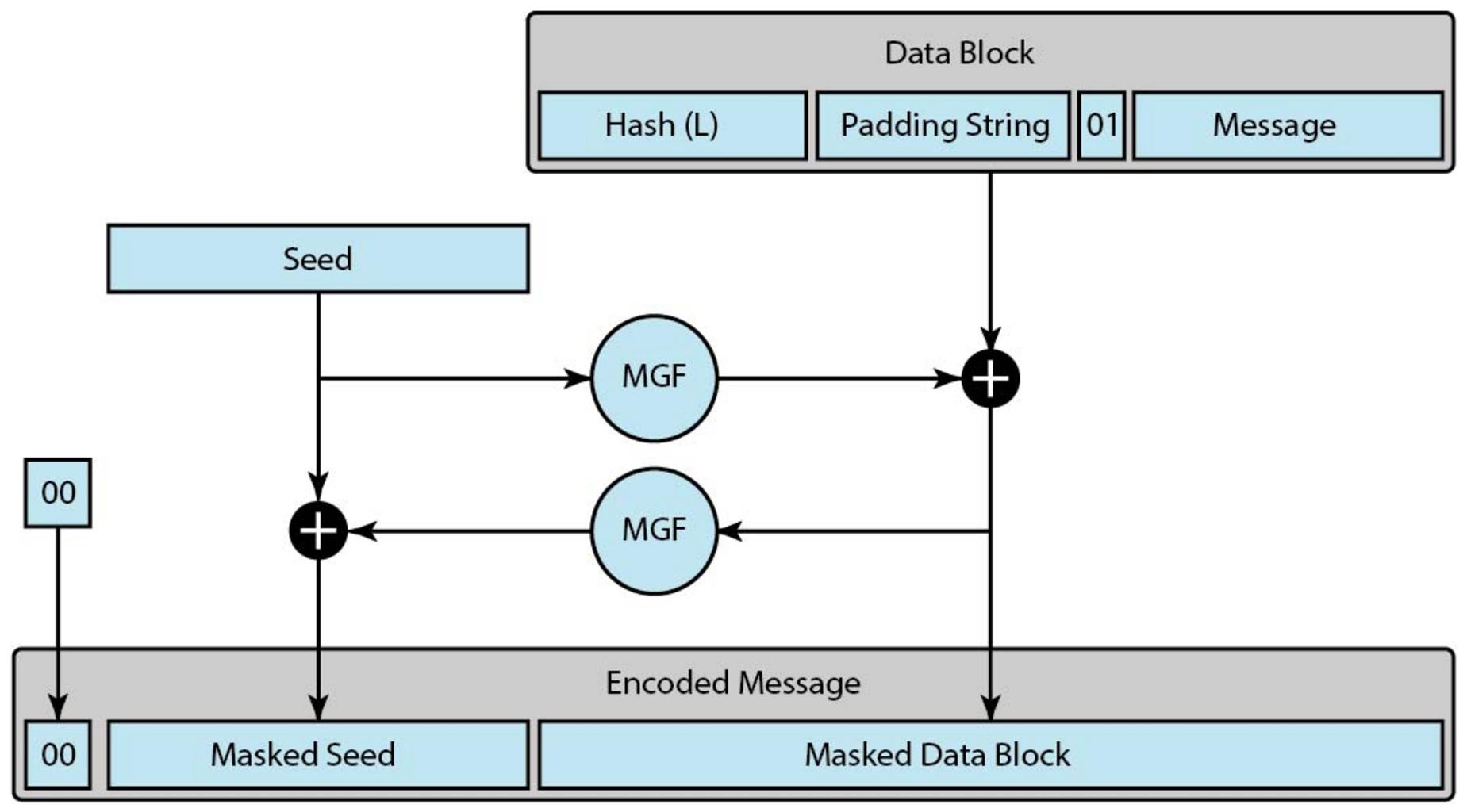How to choose optimal number of epochs in R, you can use packages like keras, tensorflow, or caret for implementing machine learning algorithms like neural networks, but these packages are wrappers around other machine learning frameworks like Keras (written in Python) or TensorFlow (written in Python) that are optimized for training deep learning models with large datasets on powerful hardware like GPUs (graphics processing units).
Decision Tree R Code » Classification & Regression »
How to choose optimal number of epochs in R
To choose the optimal number of epochs for your deep learning model in R using Keras or TensorFlow, you should follow these general guidelines:
- Start with a small number of epochs (e.g., 10) and gradually increase it until you see convergence (i.e., the loss function stops decreasing). This will help you avoid overfitting your model to the training data at the expense of underfitting it on the test data.
- Use early stopping to prevent overfitting. Early stopping is a technique that stops the training process when the loss function on the validation set (a separate set of data used to evaluate the model’s performance) stops improving. This will help you find the optimal number of epochs for your model.
- Use a learning rate scheduler to adjust the learning rate (i.e., the step size used to update the weights of the neural network) during training. This will help you avoid getting stuck in a local minimum (a suboptimal solution) or overshooting the global minimum (the optimal solution). You should reduce the learning rate over time to allow the model to converge more slowly and avoid overfitting.
- Use regularization techniques like L1 or L2 regularization, dropout, or early stopping to prevent overfitting. These techniques add a penalty term to the loss function to discourage the model from overfitting the training data.
- Use a variety of evaluation metrics to assess the performance of your model on the test data. These metrics should include accuracy, precision, recall, F1 score, and confusion matrix.
- Use cross-validation to evaluate the performance of your model on multiple subsets of the data. This will help you avoid overfitting to a specific subset of the data and ensure that your model generalizes well to new, unseen data.
- Use transfer learning to fine-tune a pre-trained model on a smaller dataset. This will help you avoid the need for a large number of epochs and improve the performance of your model on a smaller dataset.
Remember, the optimal number of epochs will depend on the specifics of your dataset, model architecture, and hyperparameters.
It’s always a good idea to experiment with different values for the number of epochs and other hyperparameters to find the best possible solution for your problem.











